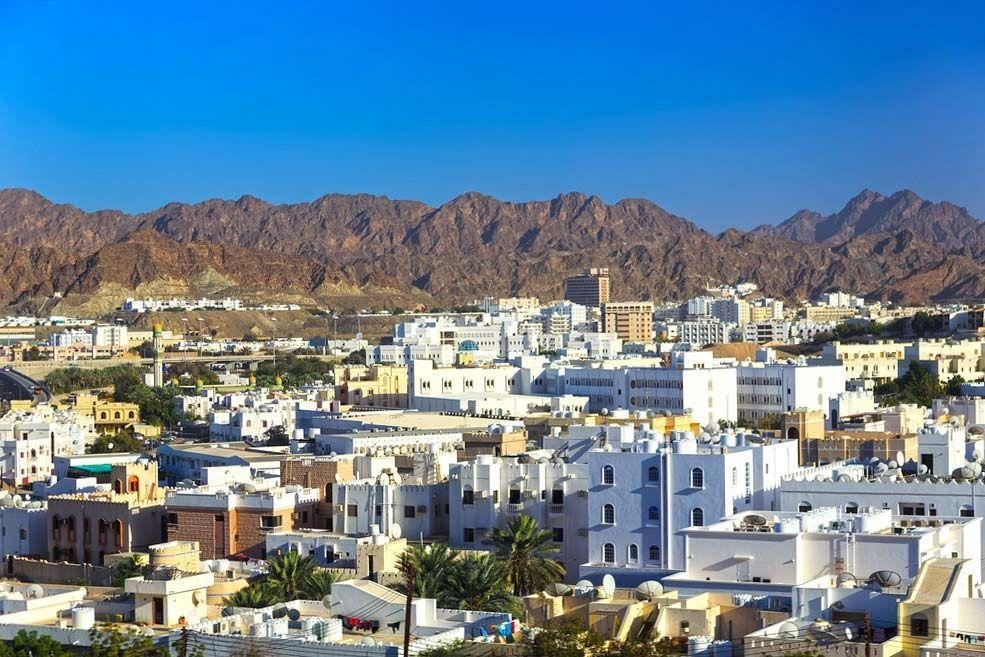Muscat, the capital city of Oman, is a captivating blend of traditional Arabian architecture and modern design, reflecti...
The Architectural Marvels of Valencia: A Harmonious Blend of Past and Future
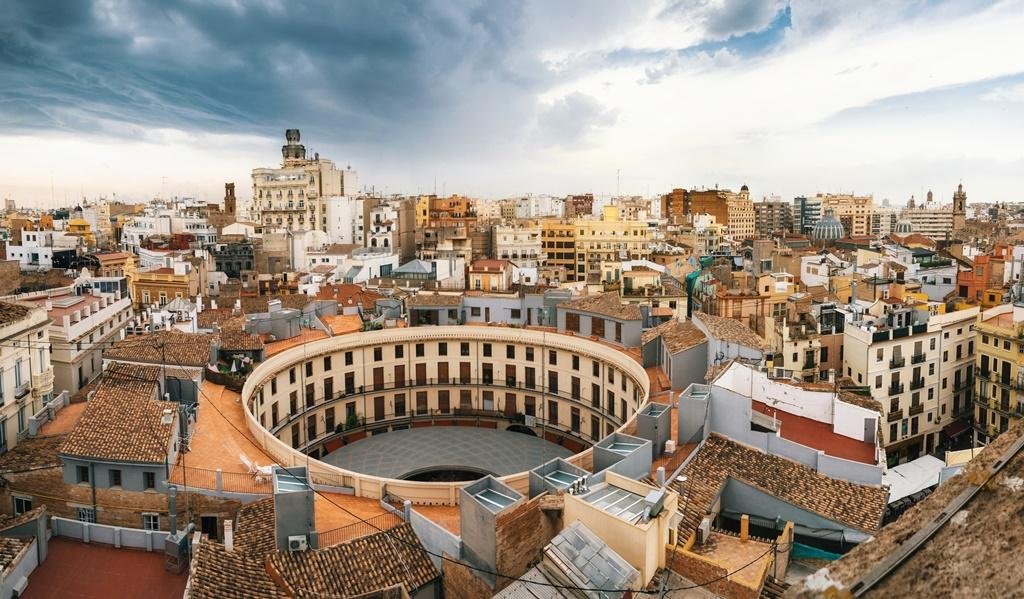
Valencia, Spain’s third-largest city, is a captivating blend of historic grandeur and futuristic innovation. Its architecture spans centuries, showcasing influences from Roman, Gothic, Moorish, Renaissance, Baroque, and modern periods. This coastal city on the Mediterranean Sea offers a rich tapestry of styles that reflect its dynamic history and forward-thinking spirit.
At the heart of Valencia lies the historic district, where architectural gems abound. The Valencia Cathedral, known as the Seu, is a stunning example of Gothic architecture with Romanesque and Baroque elements. Its most famous feature, the Micalet Tower, offers panoramic views of the city. Legend has it that the Holy Grail resides within the cathedral's Gothic chapel, adding a layer of mystique to this sacred site.
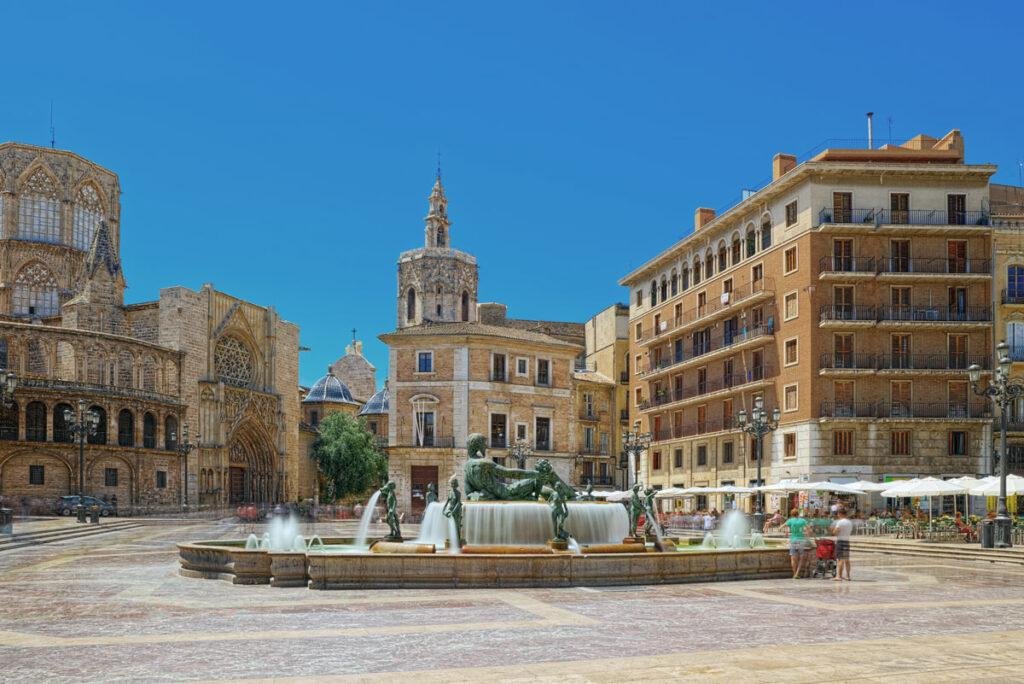
Adjacent to the cathedral is the Plaza de la Virgen, a picturesque square surrounded by historic buildings. The Basilica of the Virgin, with its blue-tiled dome and Baroque façade, is a focal point of religious devotion and architectural beauty. The nearby Almoina Archaeological Center reveals layers of Valencia's history, with Roman and Moorish ruins displayed beneath a modern glass structure.
The Lonja de la Seda, or Silk Exchange, is a UNESCO World Heritage site and a masterpiece of late Gothic architecture. Built in the 15th century, its intricate stone carvings and soaring columns reflect Valencia's prosperous past as a major trading hub. The building's main hall, with its twisted columns and vaulted ceiling, is a testament to the city's architectural prowess.
Valencia's Central Market, one of the largest in Europe, is a feast for the senses and a marvel of modernist architecture. The market's iron framework, colorful tiles, and stained glass windows create a vibrant and lively atmosphere. Nearby, the Mercado de Colón, another modernist gem, has been transformed into a chic space with cafes and boutiques, blending historic charm with contemporary design.
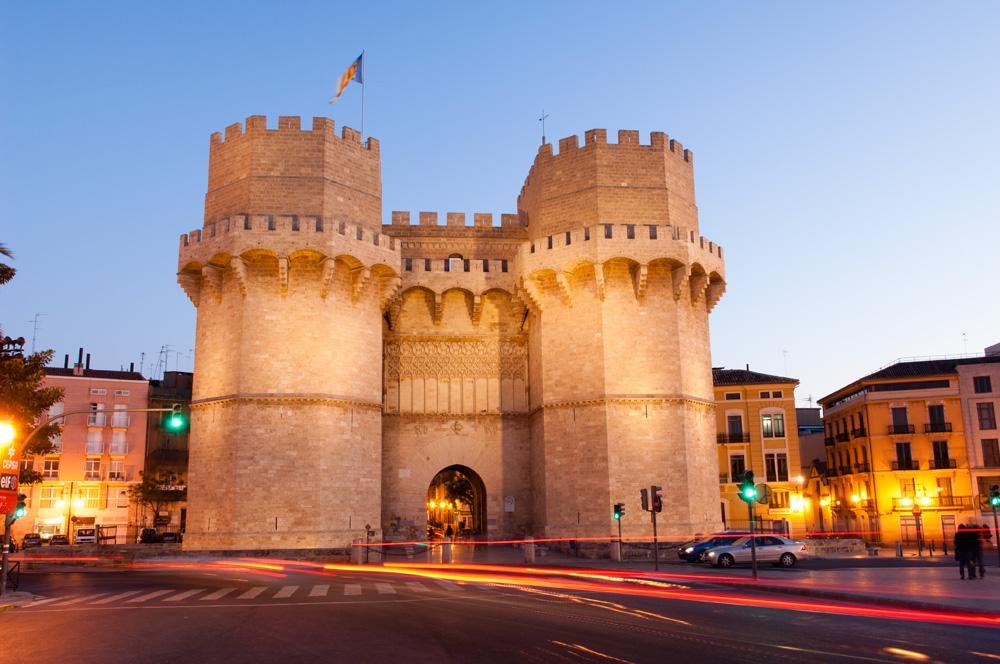
The city’s Moorish heritage is evident in the Torres de Serranos and Torres de Quart, two fortified gates that once protected Valencia from invaders. These imposing structures offer a glimpse into the city’s medieval past and provide stunning views of the surrounding area.
Valencia’s commitment to innovation is epitomized by the Ciudad de las Artes y las Ciencias (City of Arts and Sciences). Designed by Santiago Calatrava and Félix Candela, this futuristic complex is an architectural marvel. The Hemisfèric, resembling a giant eye, houses an IMAX cinema and planetarium. The Science Museum, with its skeletal design, invites visitors to explore the wonders of science and technology. The Oceanografic, Europe’s largest aquarium, features avant-garde architecture and houses a vast array of marine life.

The Palau de les Arts Reina Sofia, an opera house and performing arts center, is a striking example of contemporary design. Its sweeping curves and white façade resemble a futuristic ship, symbolizing Valencia's maritime heritage. The Agora, a multifunctional space with a distinctive blue-tiled exterior, adds to the city's modern skyline.
Valencia's green spaces are also home to notable architectural landmarks. The Turia Gardens, a lush park created in the former riverbed of the Turia River, is a prime example. The park is dotted with bridges, sculptures, and playgrounds, offering a serene escape within the bustling city. The Gulliver Park, with its giant sculpture of Gulliver from Jonathan Swift's novel, is a whimsical attraction that delights children and adults alike.
The Viveros Gardens, with its manicured lawns, fountains, and historic buildings, provide a tranquil setting for relaxation and cultural events. The Monforte Gardens, a neoclassical paradise, features statues, ponds, and meticulously trimmed hedges, evoking the elegance of a bygone era.
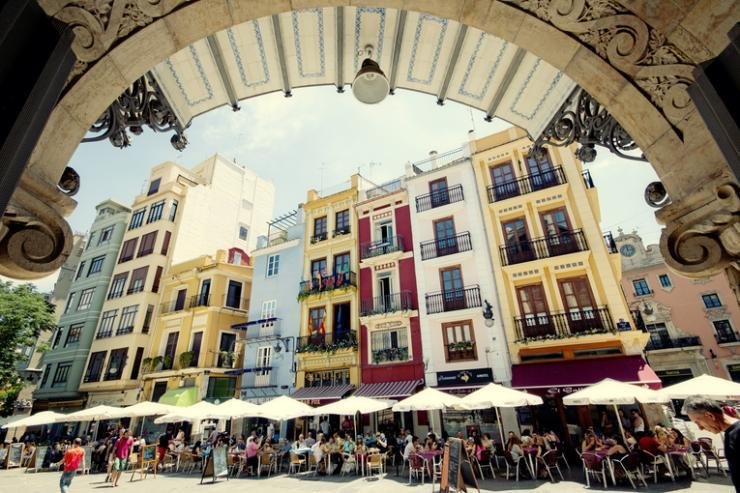
Valencia's neighborhoods each have their own architectural charm. The Barrio del Carmen, with its narrow streets and medieval buildings, is a vibrant area known for its nightlife and artistic flair. The Ruzafa district, once a working-class neighborhood, has transformed into a trendy area with colorful facades and a bohemian atmosphere. The Eixample district, with its wide avenues and modernist buildings, showcases the city’s expansion during the late 19th and early 20th centuries.
The port area of Valencia, rejuvenated for the 2007 America's Cup, features contemporary architecture and cutting-edge design. The Veles e Vents building, designed by David Chipperfield, offers stunning views of the marina and serves as a hub for cultural and social events.
Valencia's architectural narrative is also marked by its religious edifices. The Church of San Nicolás, often referred to as the "Sistine Chapel of Valencia," boasts breathtaking Baroque frescoes that adorn its ceiling and walls. The Royal Monastery of the Holy Trinity, with its Gothic cloisters and serene gardens, is a hidden gem that reflects the city's spiritual heritage.
In recent years, Valencia has embraced sustainable architecture. The Marina de Empresas complex, designed to foster innovation and entrepreneurship, incorporates green building practices and energy-efficient technologies. The La Marina de Valencia, a revitalized waterfront area, combines historic warehouses with modern design, creating a dynamic space for recreation and business.
Valencia’s architectural journey is a reflection of its rich history, cultural diversity, and visionary outlook. It is a city where ancient traditions harmonize with contemporary innovation, creating a unique and captivating urban landscape. Whether exploring historic landmarks, marveling at modern masterpieces, or enjoying the city’s green spaces, one cannot help but be enchanted by the architectural splendor of Valencia.
Share:

